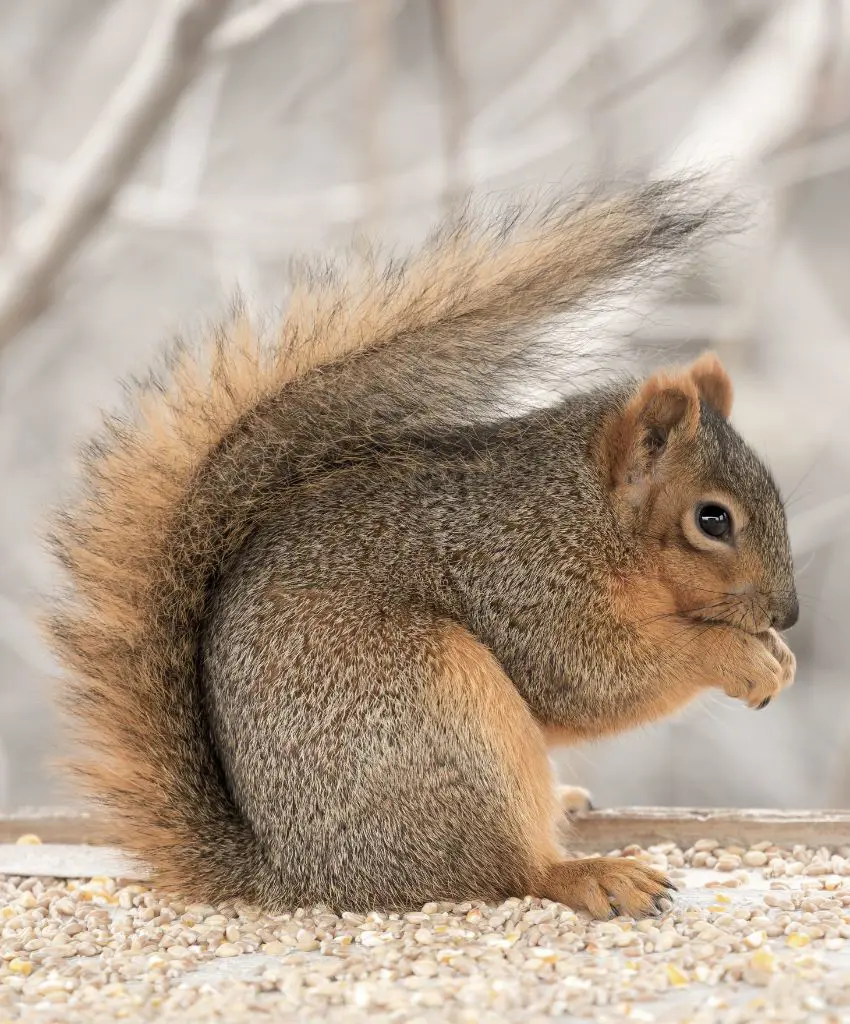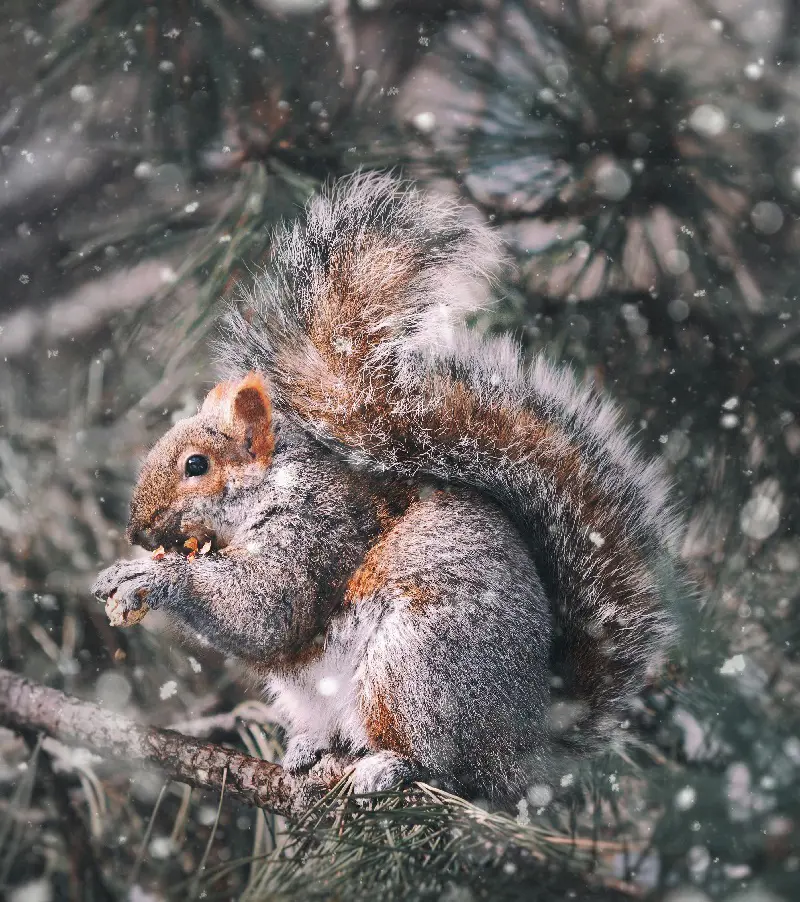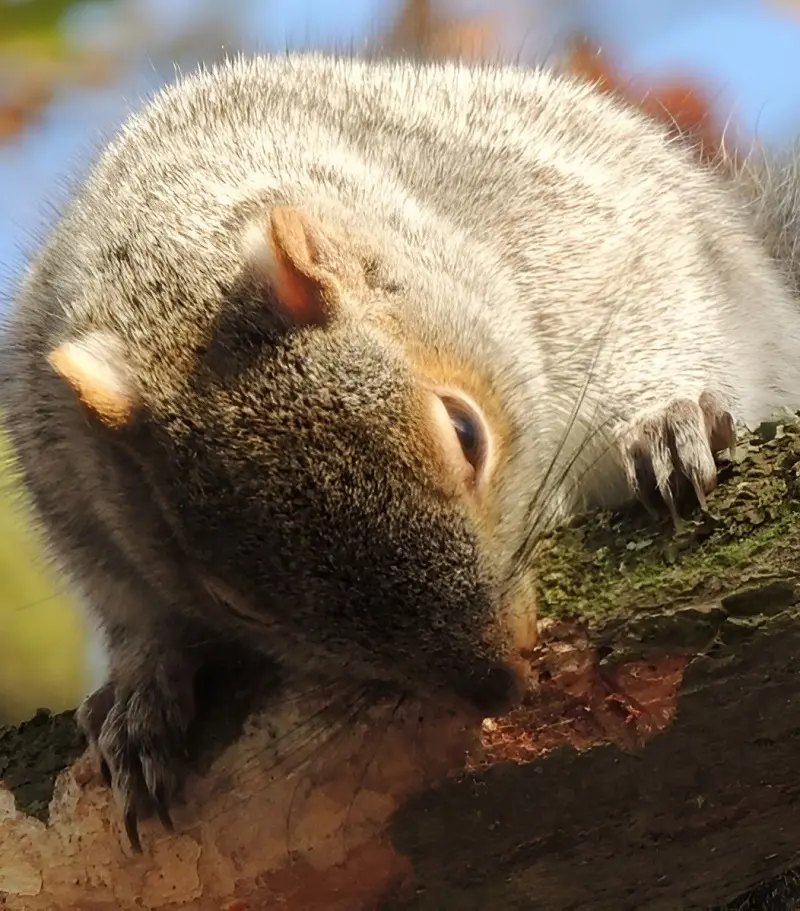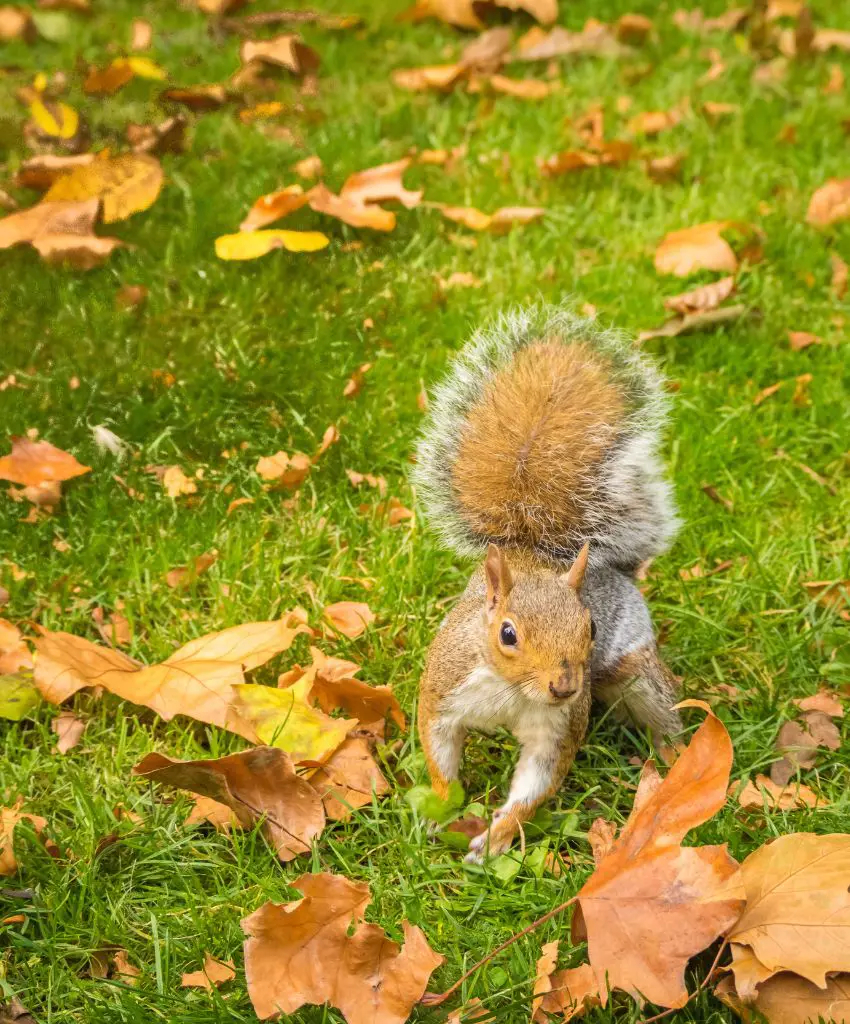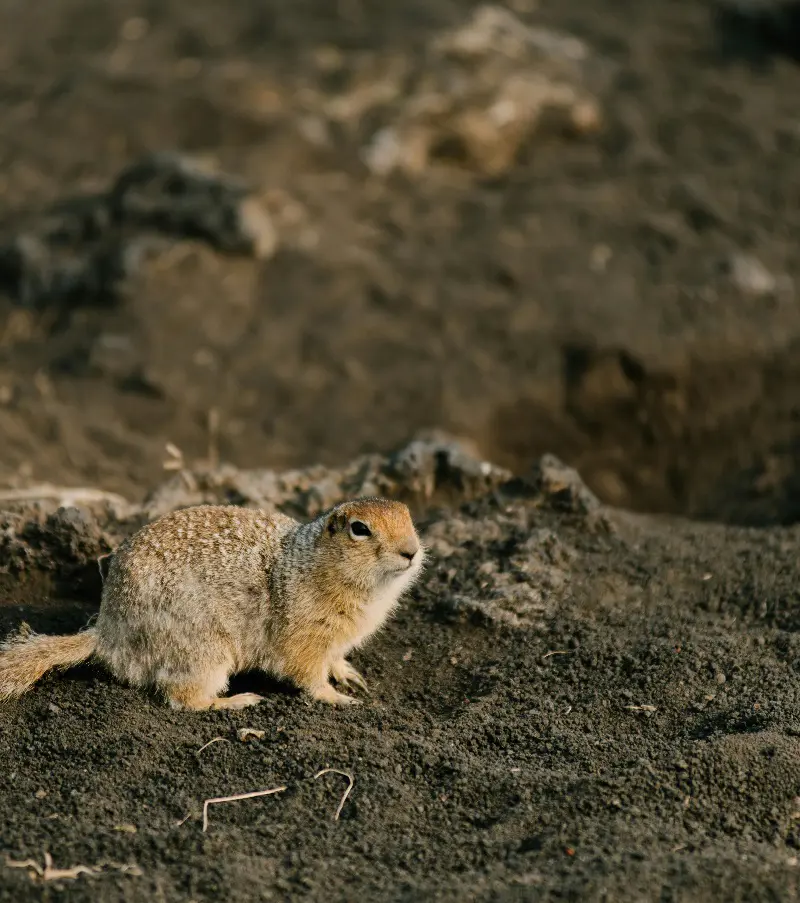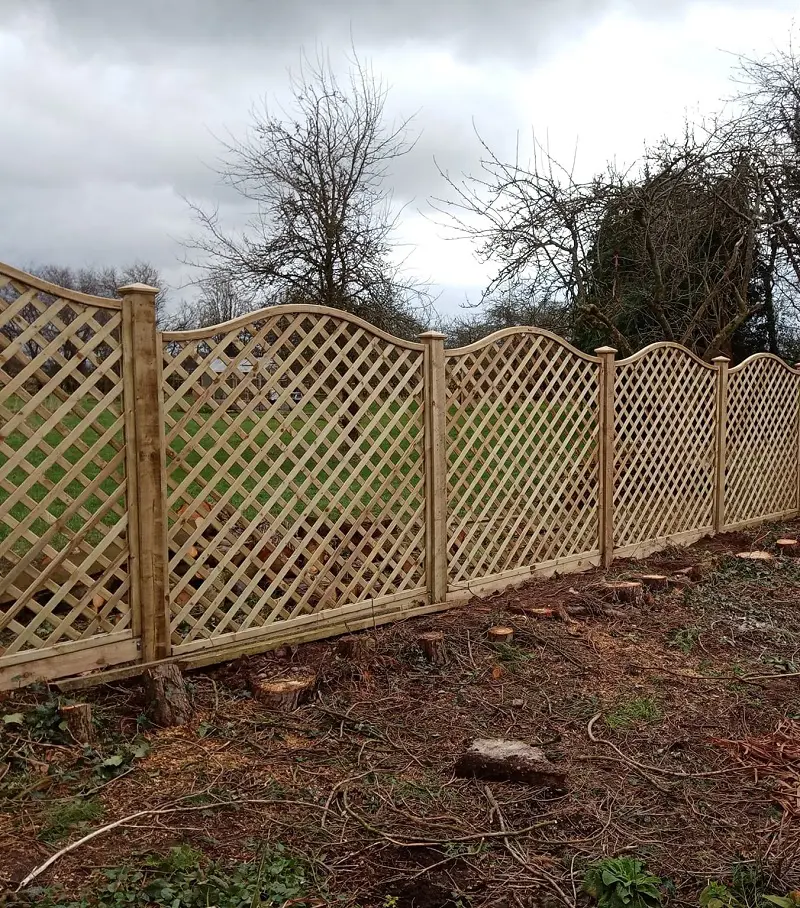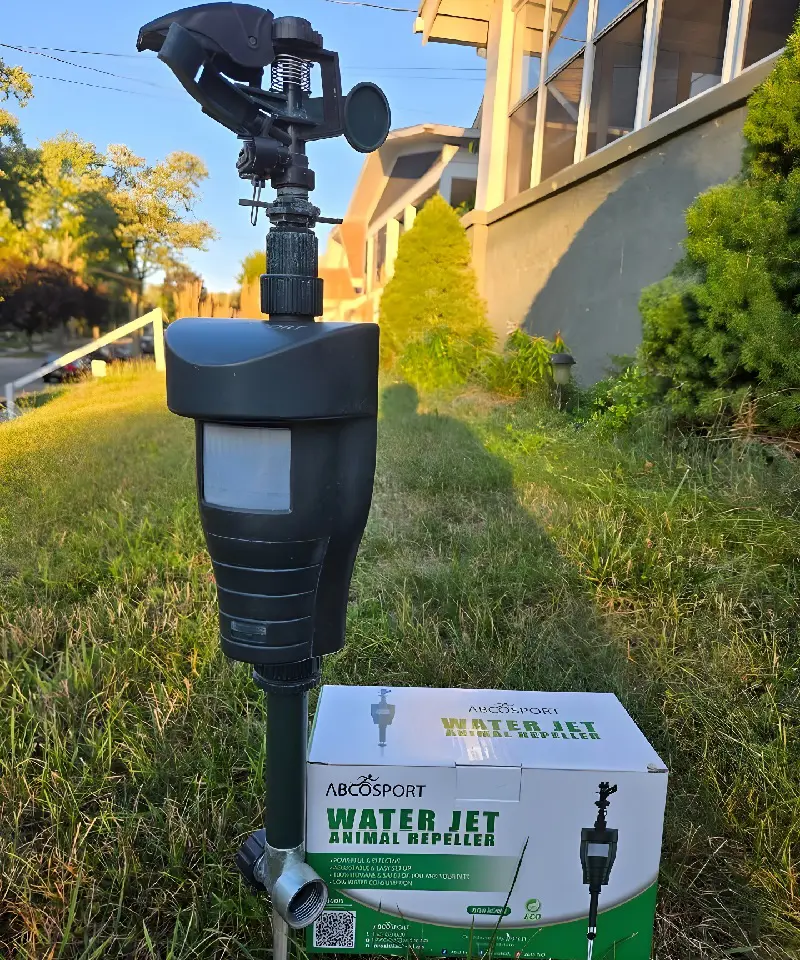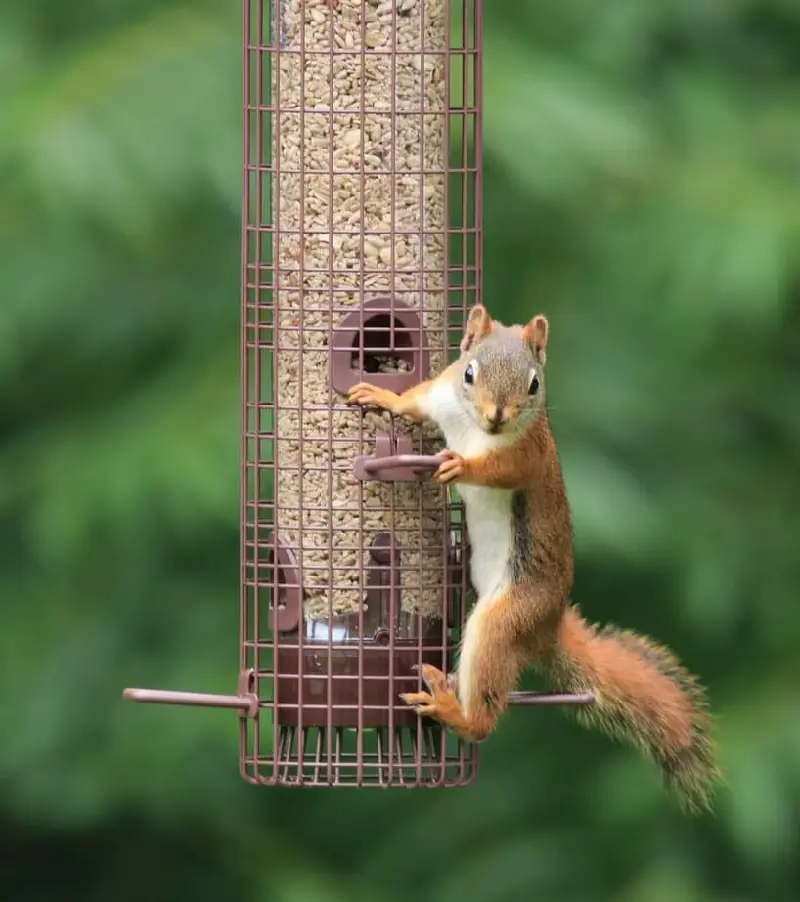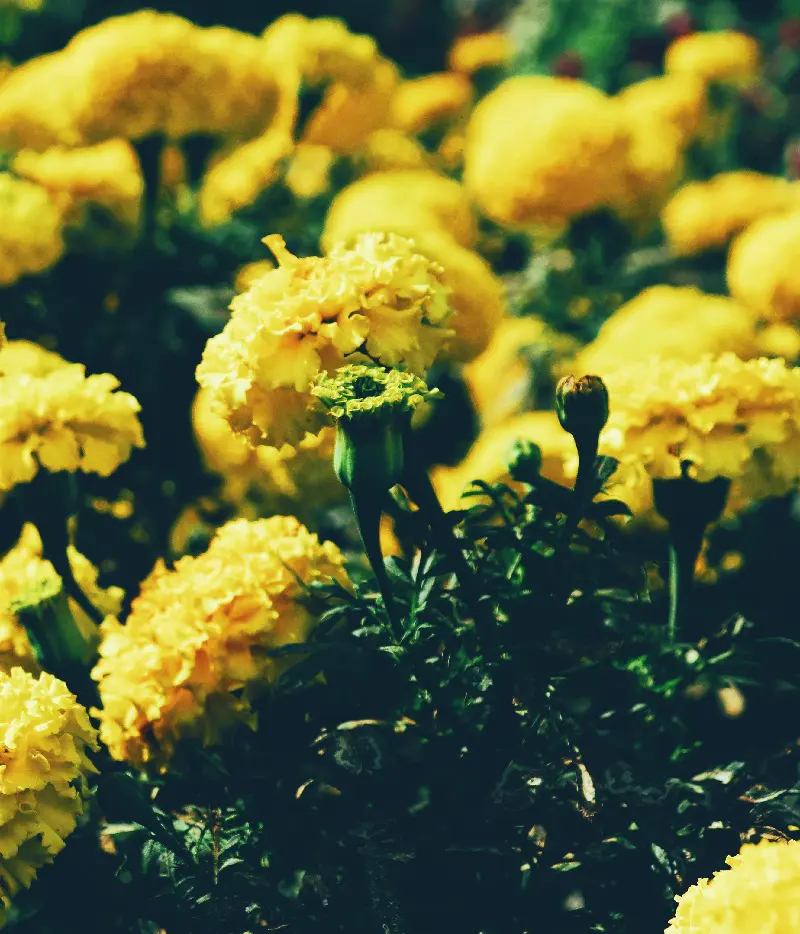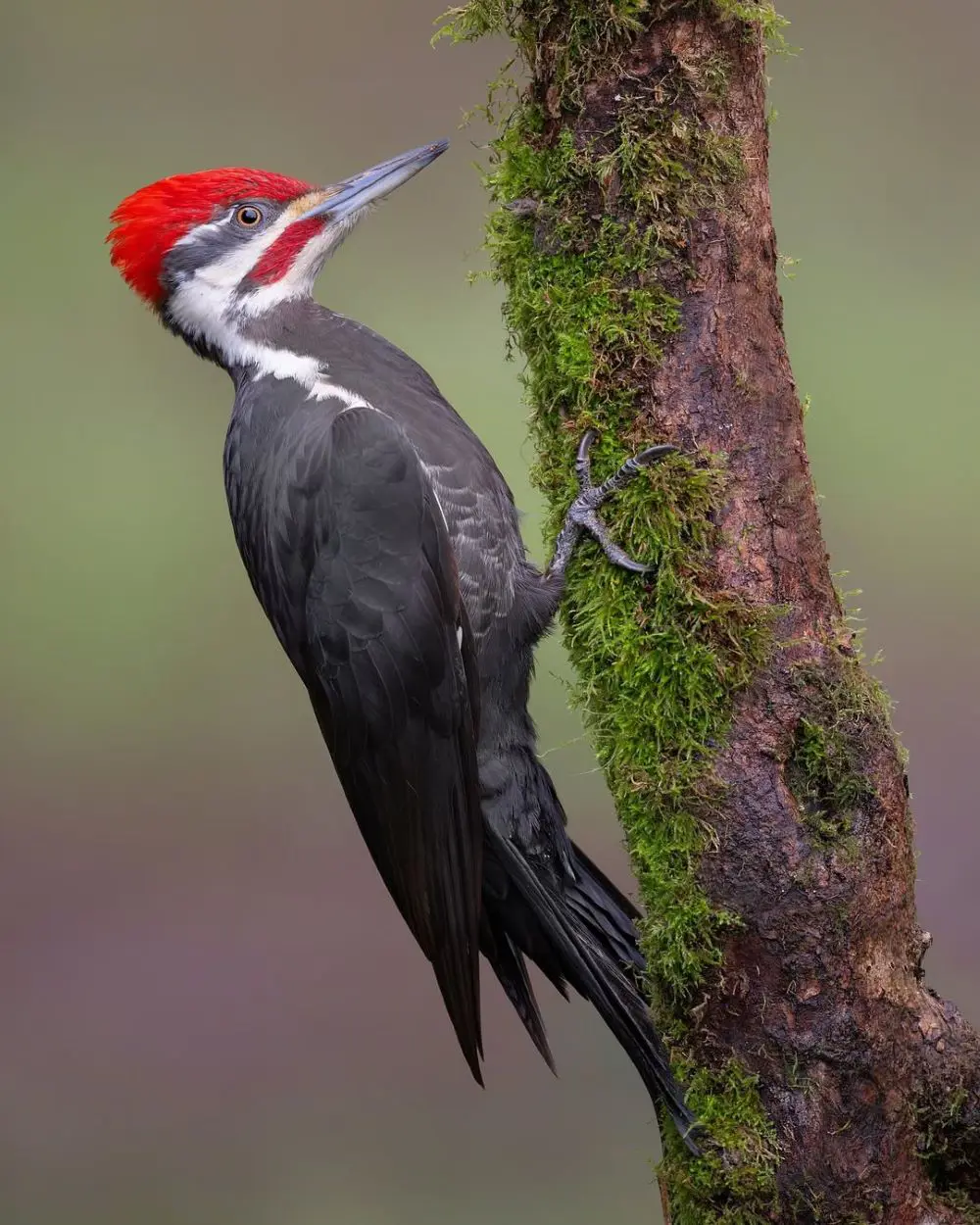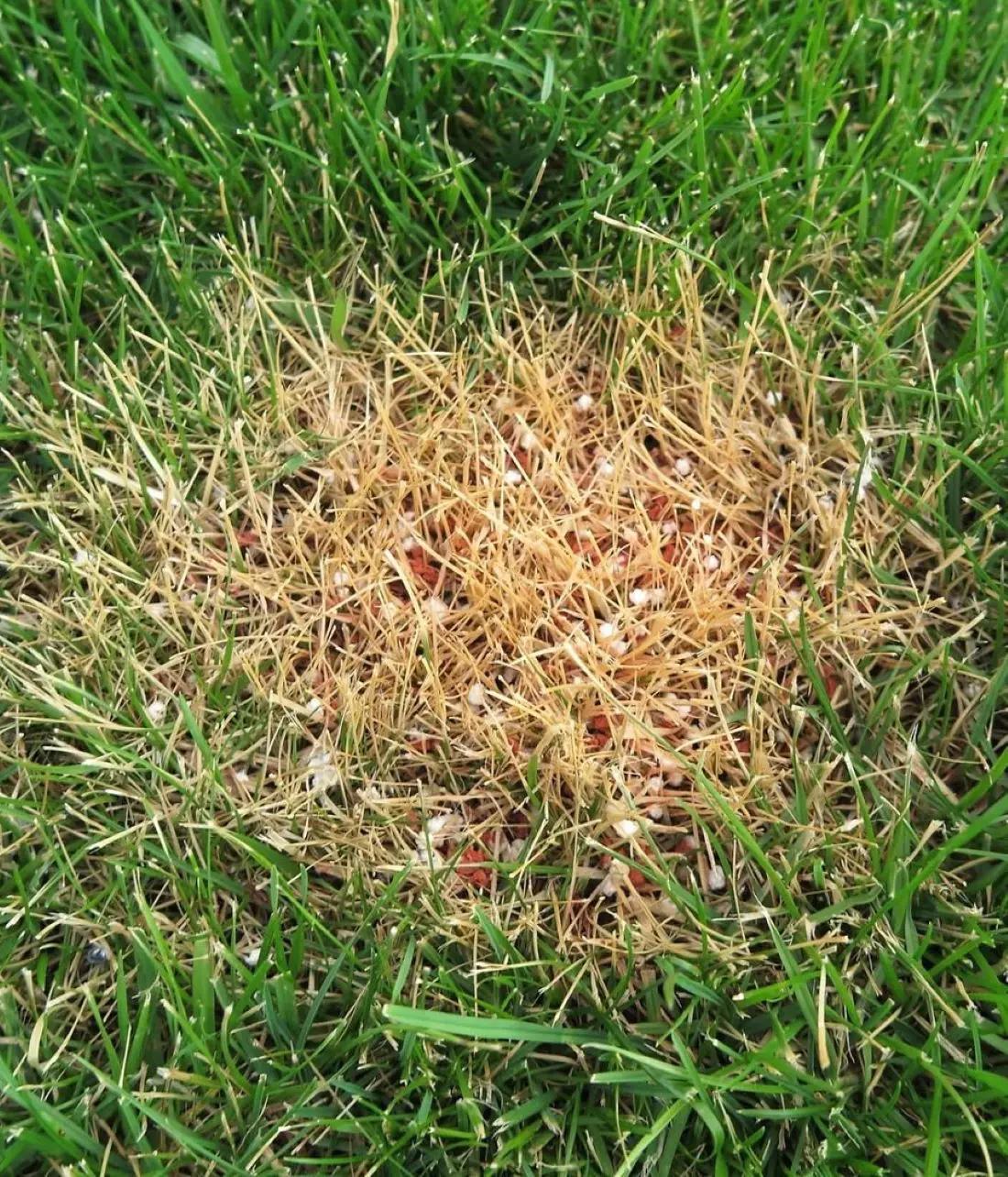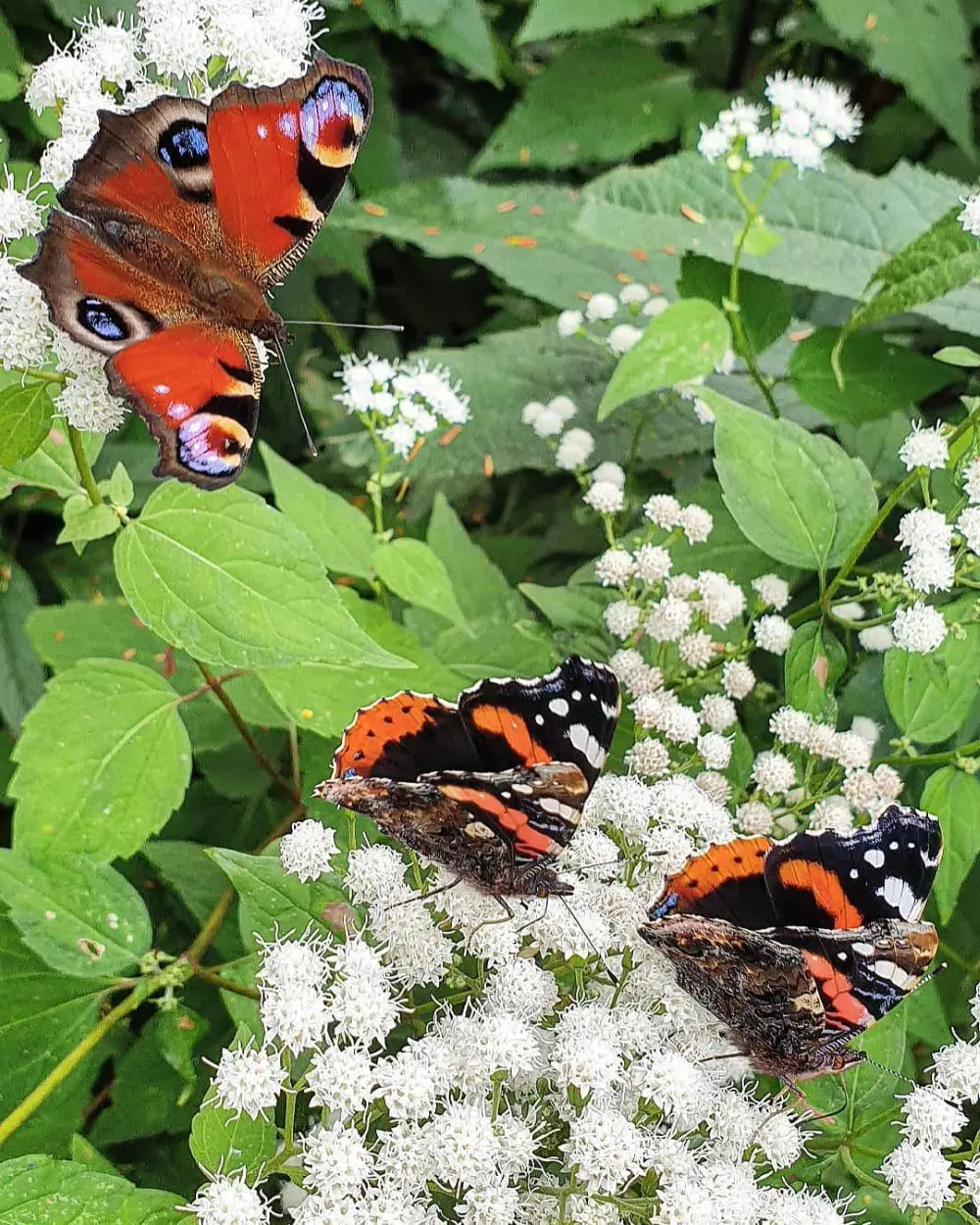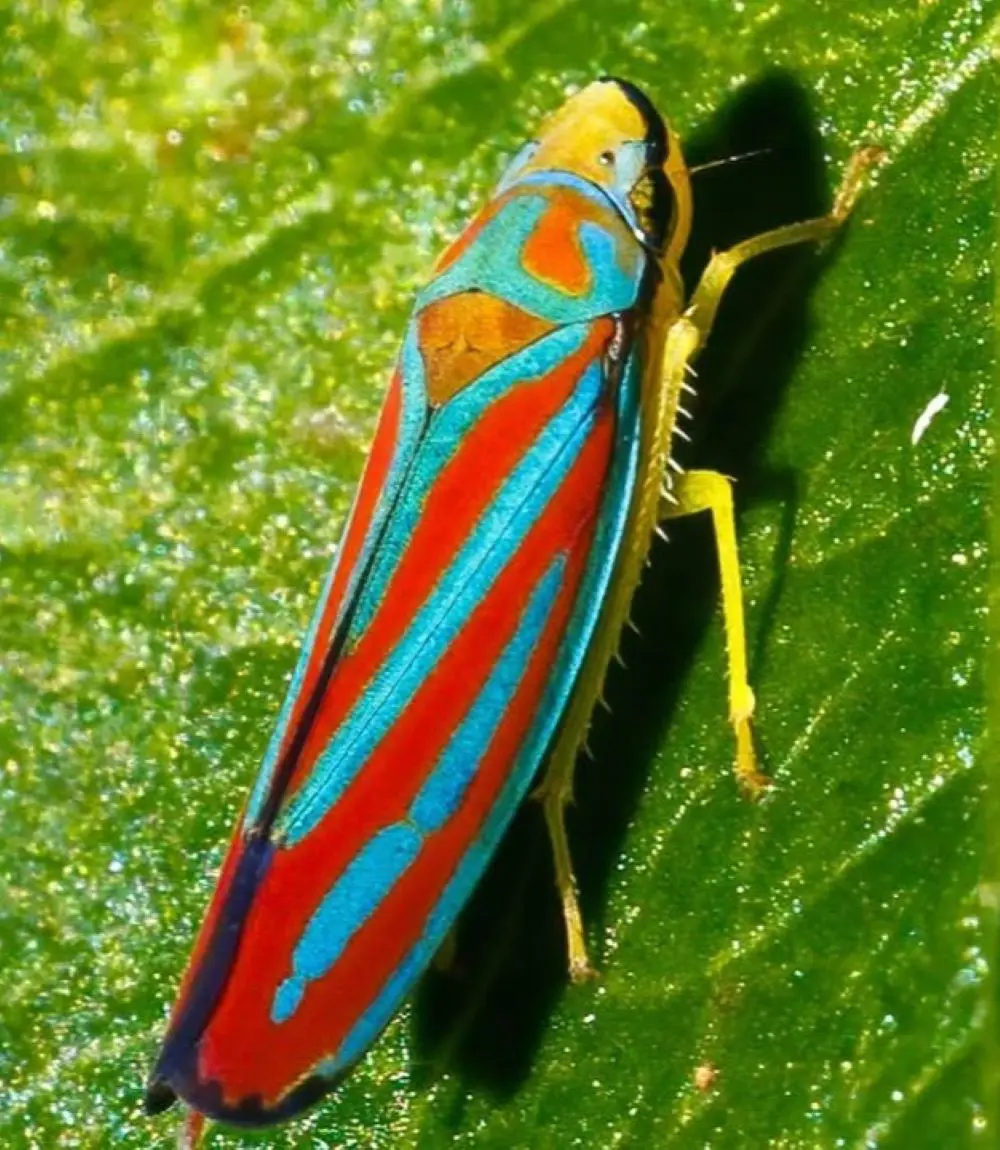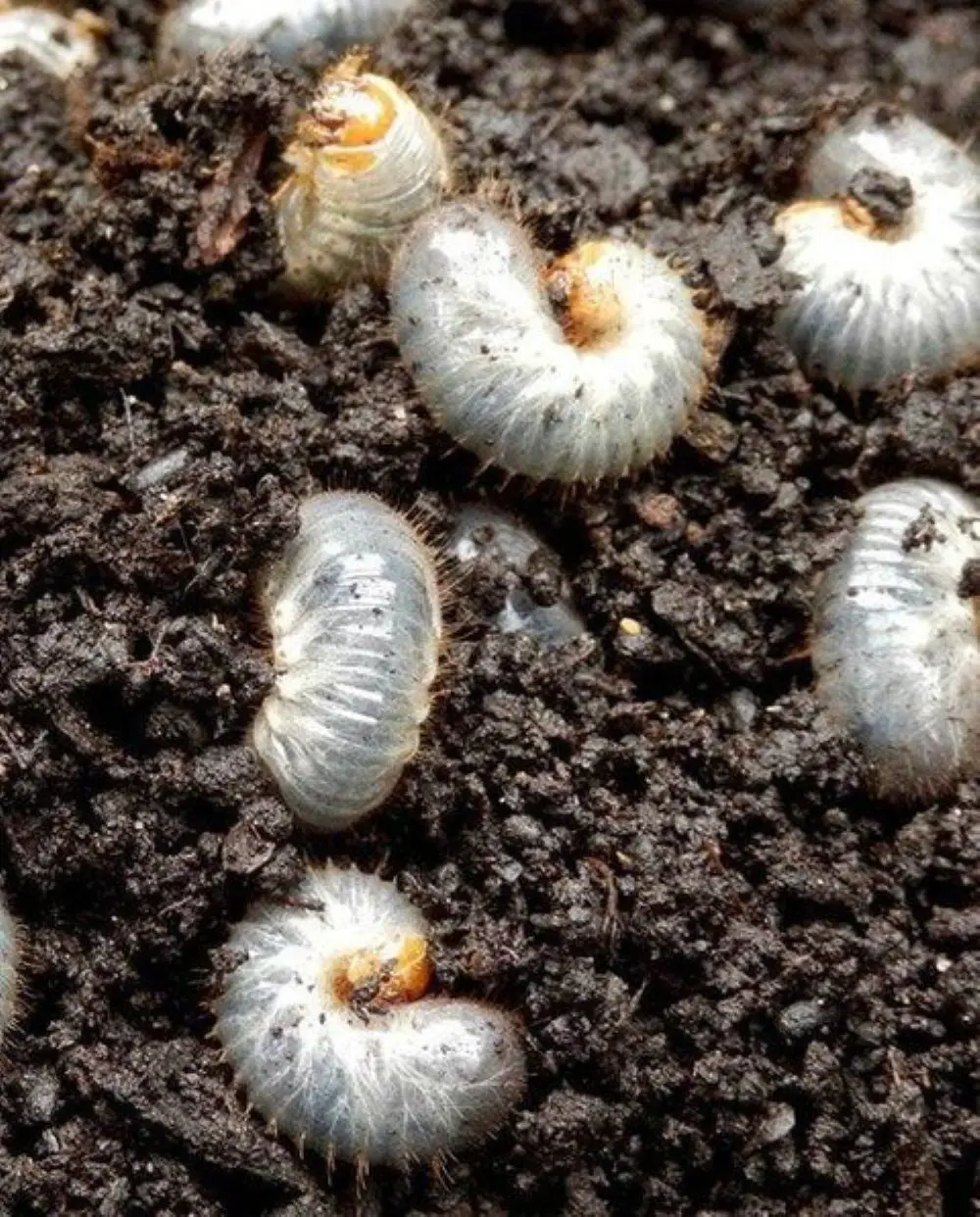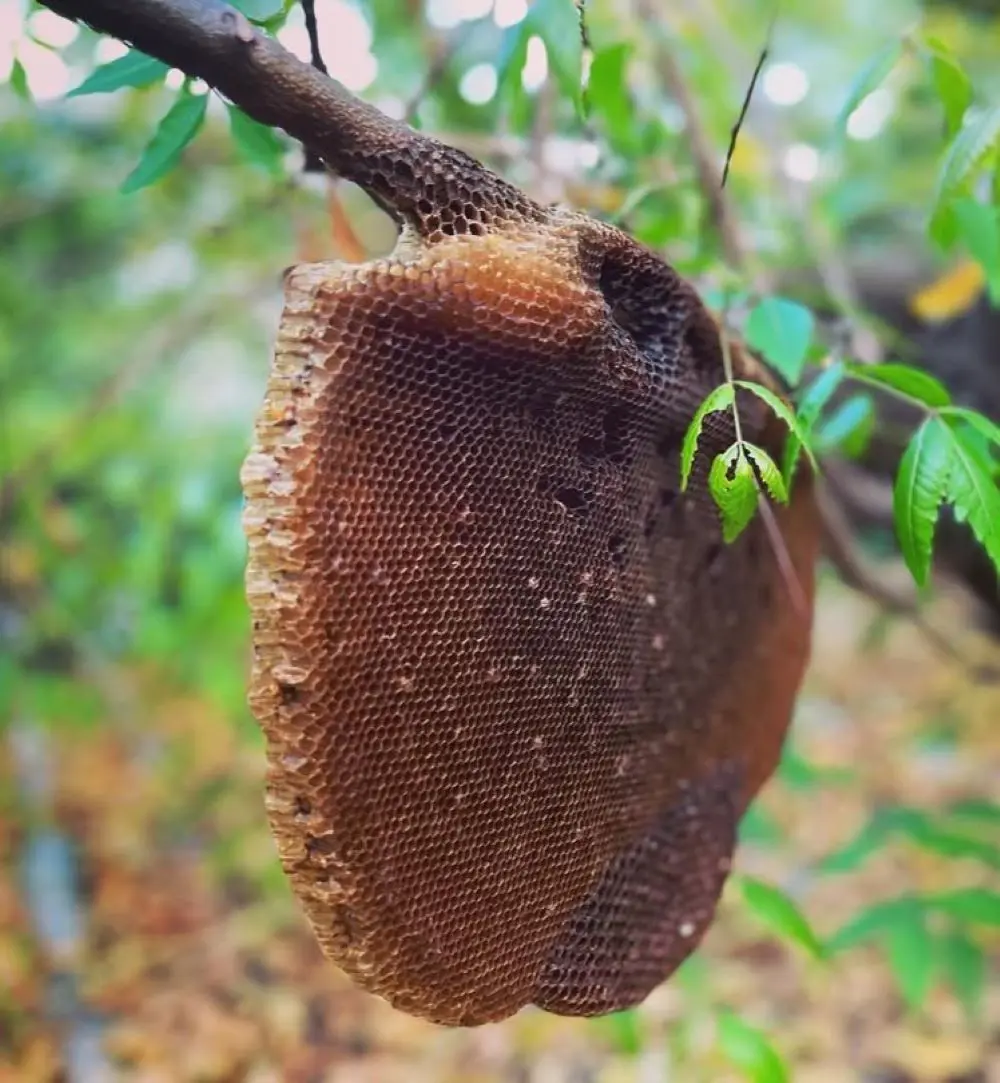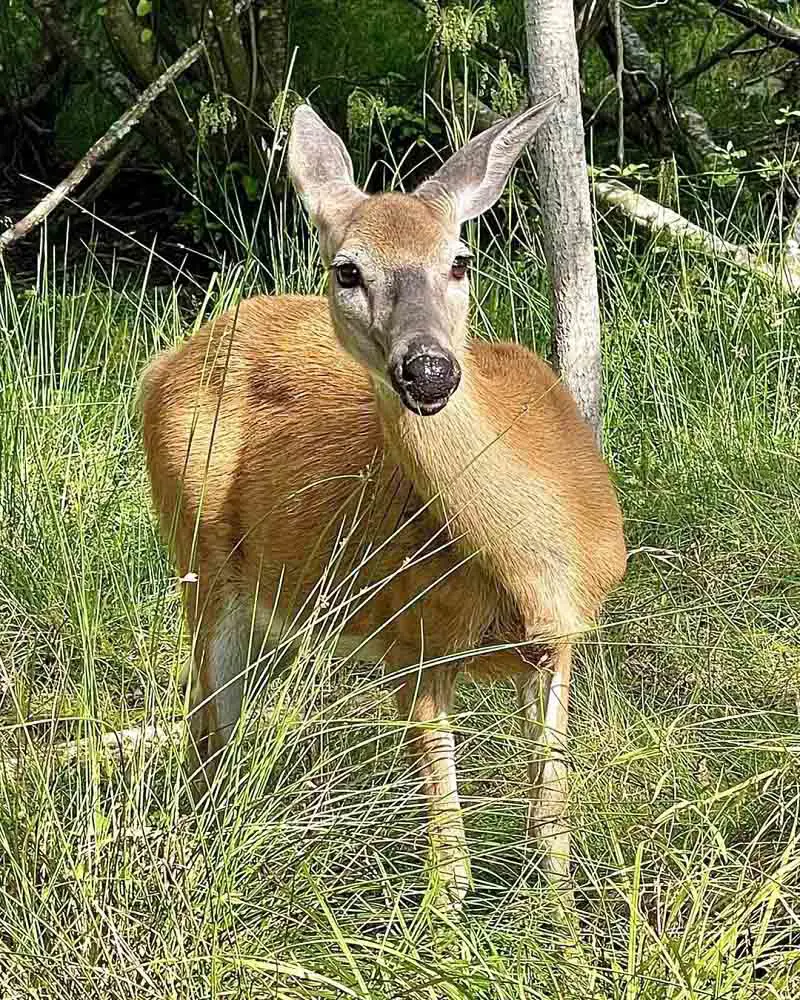What Is A Squirrel?
They are small-sized rodents, classified into the family Sciuridae, with more than 200 species that can generally be divided into three main types: tree squirrels, ground squirrels, and flying squirrels.
These are small creatures that fill the forests and have some characteristics, such as bushy tails, sharp incisors, and a good sense of smell. It inhabits forests, savanna, shrubland, and even city environments and their role in an ecosystem is seed predation.
But despite this, they can always come into contact with your property and cause tension by raiding the houses or destroying crops. Here are some more specifics regarding their categories:
1. Ground Squirrels
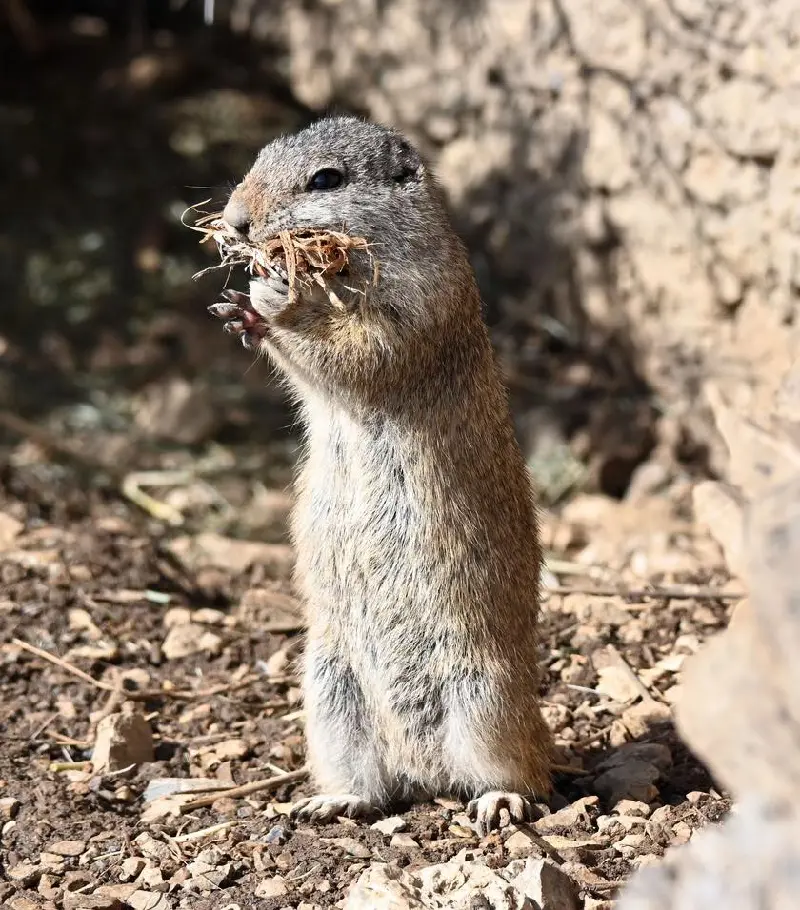
They are some of the common species include the California ground squirrel which resides in burrows or tunnels in the ground. These squirrels are most populous in rural habitats and open plains where they may dig large burrow systems.
Ground squirrels are social animals and prefer to live in a group to communicate with each other with the help of voices along with some movements.
They are involved in the process of making holes in the soil and breaking it to allow air and nutrient cycling within the soils but at the same time, they are destructive to crops and plants thus making it difficult for farmers and gardeners to manage their invasions.
2. Tree Squirrels
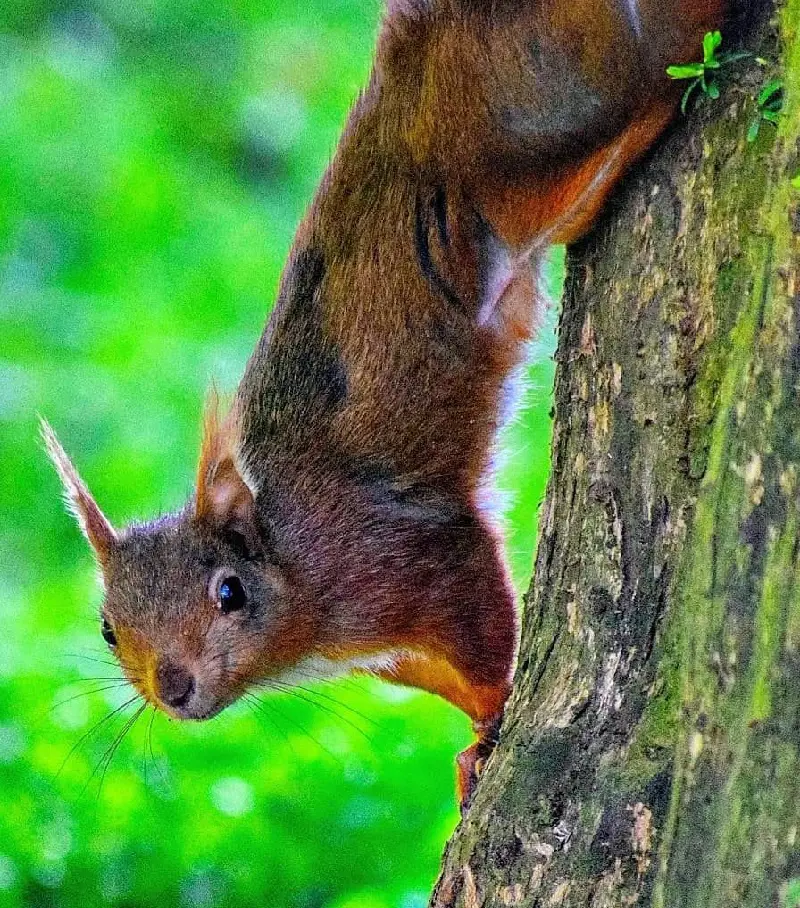
They represent the subclass of tree squirrels and can be considered the most commonly viewed animals factoring in their homes are either urban or suburban areas, respectively. Some well-known types include the Eastern Gray Squirrel, the Red Squirrel, and the Fox Squirrel.
These squirrels basically can be found to be leading their lives in the trees and being excellent climbers. Along with sharp claws, they can climb the trees with tremendous strength. Tree squirrels are most times observed to be in search of food, which includes nuts, seeds, and fruits, which they bury to enable them to make it through the winter seasons.
Thanks to the ability to dwell in human environments they can be met quite close and that can cause interest as well as inconvenience.
3. Flying Squirrels

The flying squirrels are quite different in appearance from other squirrels because of their ability to fly from one tree to another. This is brought about by having a skin membrane called the patagium, running down from the wrists to the ankles.
Although not experienced as often as the tree or ground squirrels, these squirrels are amazing nocturnal animals. Many of them are generally silent fliers making them quite elusive and at times hard to observe.
These tiny squirrels will consume the seeds, nuts, fruits and allow the seed to grow into plants in a new location from the defecation squirrels and hence, play a vital role in the trophic-dynamic role of the forest ecosystem.
